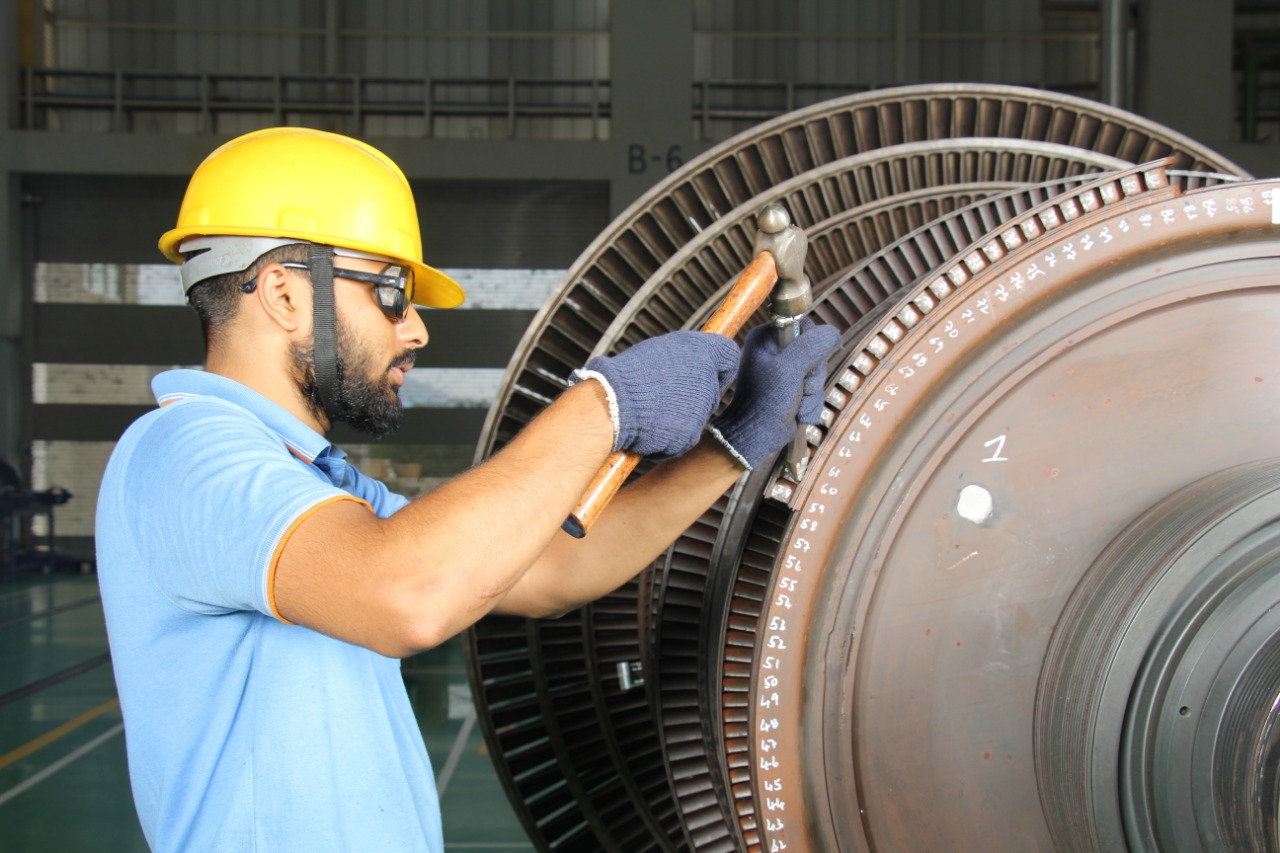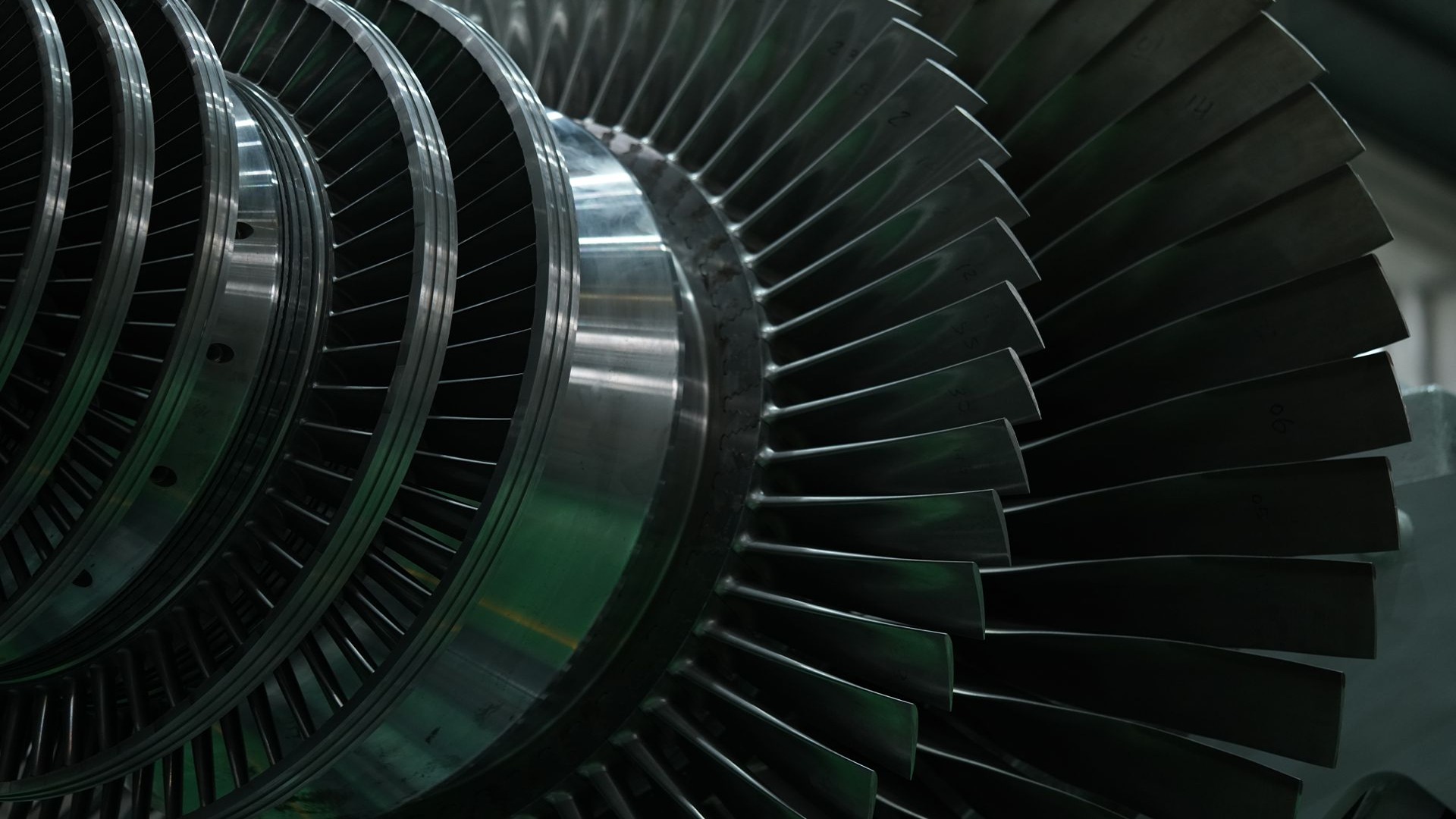
5 Best Practices in Modern Turbine Maintenance
For today’s steam turbine operations, maximizing uptime, extending asset life, and maintaining operational efficiency are top priorities. Transforming from reactive responses to proactive asset management is key to ensuring long-term reliability and achieving sustainable performance.
Here is a practical guide highlighting the five best practices every facility should consider for effective steam turbine maintenance.
Embrace Proactive and Predictive Maintenance
Traditional maintenance practices relied on scheduled tasks and reacted to equipment failures. In contrast, modern approaches emphasize proactive, data-informed strategies. Facilities now utilize condition monitoring tools such as vibration analysis, thermography, and oil analysis to detect early indicators of wear or mechanical issues before breakdowns occur.
Predictive analytics use real-time data from digital sensors to forecast upcoming failures, enabling maintenance teams to plan interventions that reduce unexpected downtime and extend component lifespan.
Conduct Rigorous Routine Inspections and Cleaning
Routine inspections form the foundation of an effective turbine maintenance program. Regular visual and technical evaluation helps identify wear, leaks, misalignments, or unusual noise or vibration at an early stage.
Thorough cleaning of key turbine components, including blades, oil systems, and filters, prevents the buildup of contaminants that can degrade performance and cause overheating. Facilities should follow a structured checklist to ensure critical element is not missed during inspections, which are drawn from the manufacturer’s guidelines.
Maintain Optimal Lubrication Systems
Effective lubrication is critical for the reliability and longevity of steam turbines. Consistently monitoring oil levels, temperature, and quality, and replacing filters at recommended intervals helps safeguard crucial components such as bearings, gears, and shafts from excessive wear.
Advanced lubrication management systems are often equipped with condition monitoring sensors that adjust lubrication cycles based on operational data, further enhancing turbine health and minimizing the risk of costly repairs.
Implement Advanced Diagnostic and Remote-monitoring Technologies
Leading steam turbine operators are utilizing advanced diagnostics, including remote monitoring and digital twin platforms, to enhance the accuracy and efficiency of maintenance. Remote monitoring enables real-time supervision of turbines, even in remote or offshore locations.
By combining Digital twins and AI-powered analytics, operators gain valuable insights into equipment performance and wear, optimizing maintenance scheduling. These tools reduce technician exposure to hazardous environments, support faster response to anomalies, and facilitate data-driven decisions that improve overall reliability.
Prioritize Skilled Workforce Training and Detailed Documentation
A skilled workforce is essential for effective turbine maintenance and steam turbine repair. Operators should invest in training programs focused on emerging technologies, diagnostic equipment, and safety standards.
Nonetheless, maintaining comprehensive documentation recording inspections, maintenance activities, repairs, and upgrades, ensuring traceability and supporting future troubleshooting, is equally important. Well-documented records help optimize asset management and regulatory compliance.
Why These Practices Matter for Steam Turbine Maintenance and Repair
Industries that rely on steam turbines, such as power generation, oil and gas, and manufacturing, gain significant advantages by adopting these best practices. Implementing regular preventive measures and utilizing advanced monitoring tools helps minimize downtime, lower operational costs, and extend intervals between major repairs or overhauls.
Triveni Turbines enhances this approach by offering precision-engineered solutions with advanced aftermarket maintenance and repair services, including 3D scanning, customized part refurbishment, and remote diagnostic support. These offerings provide clients with greater confidence in asset longevity and performance.
